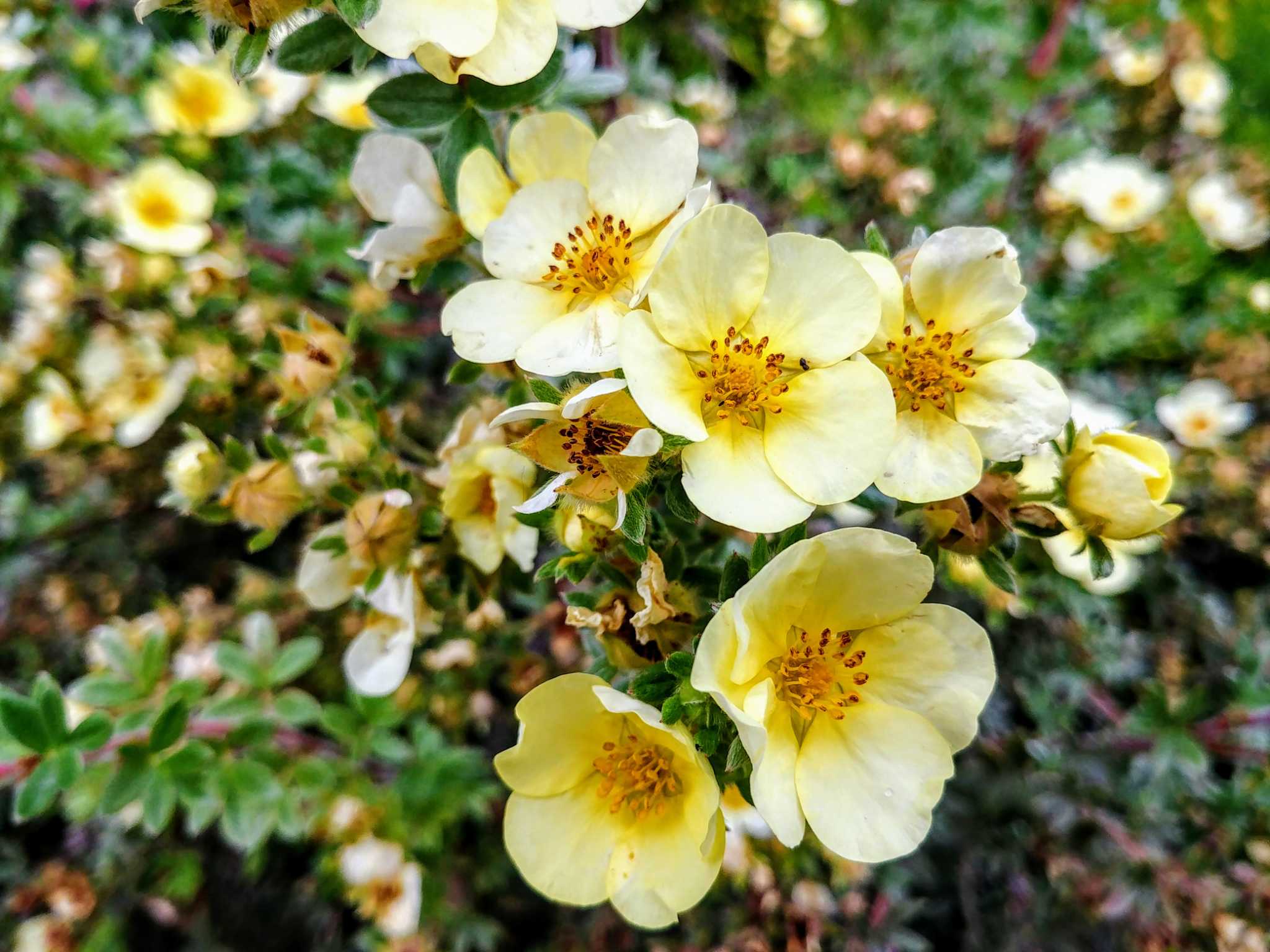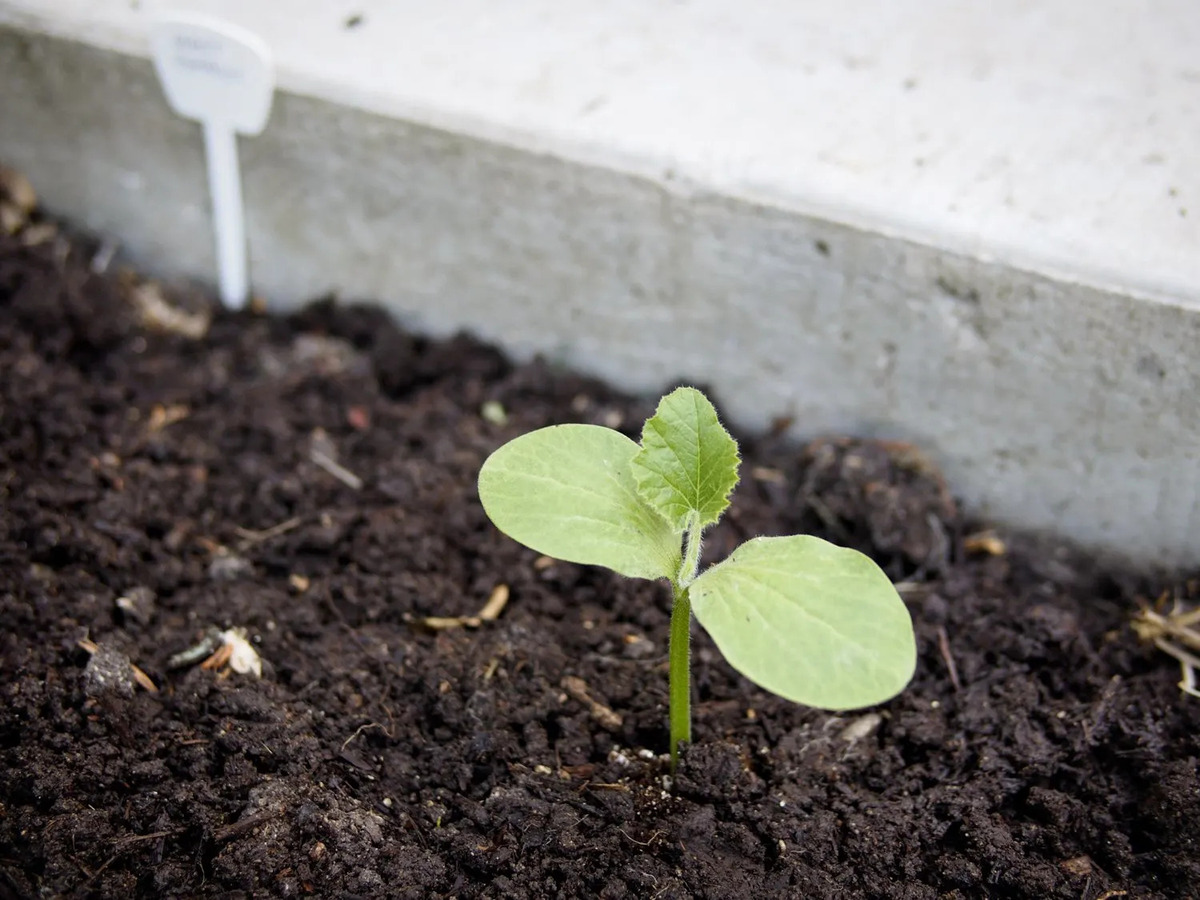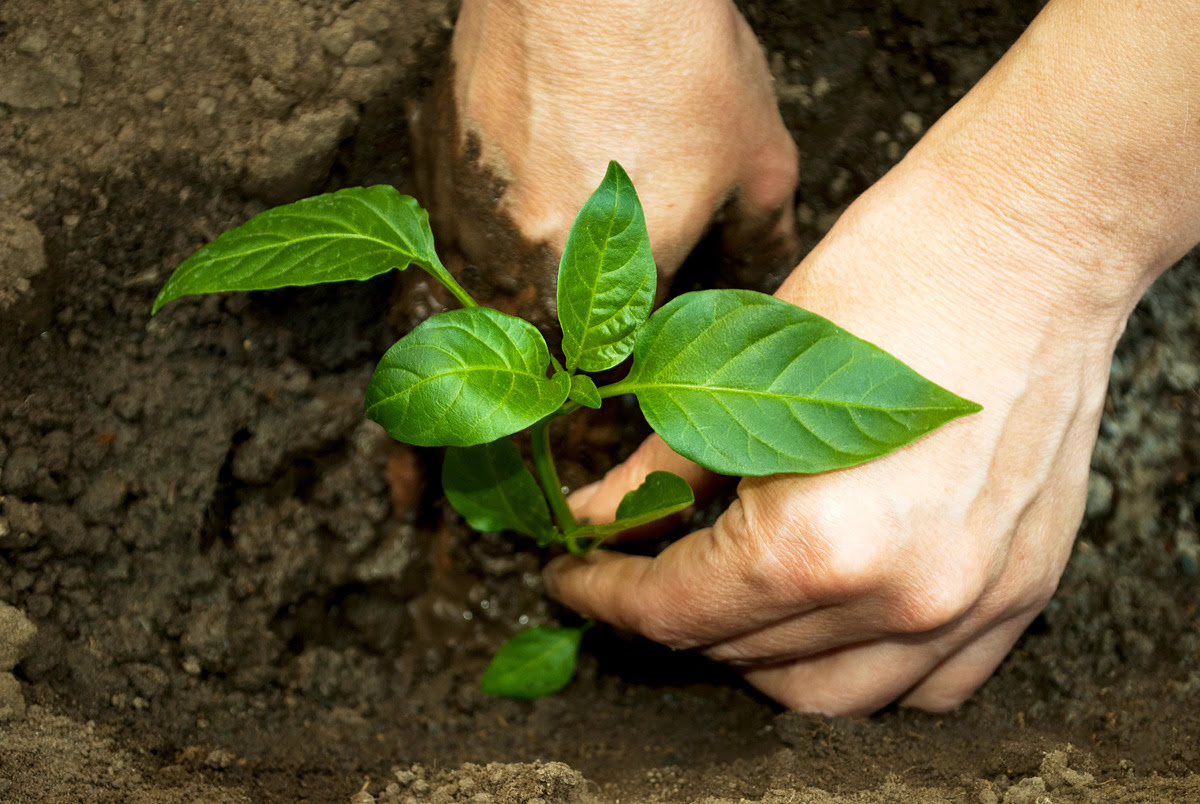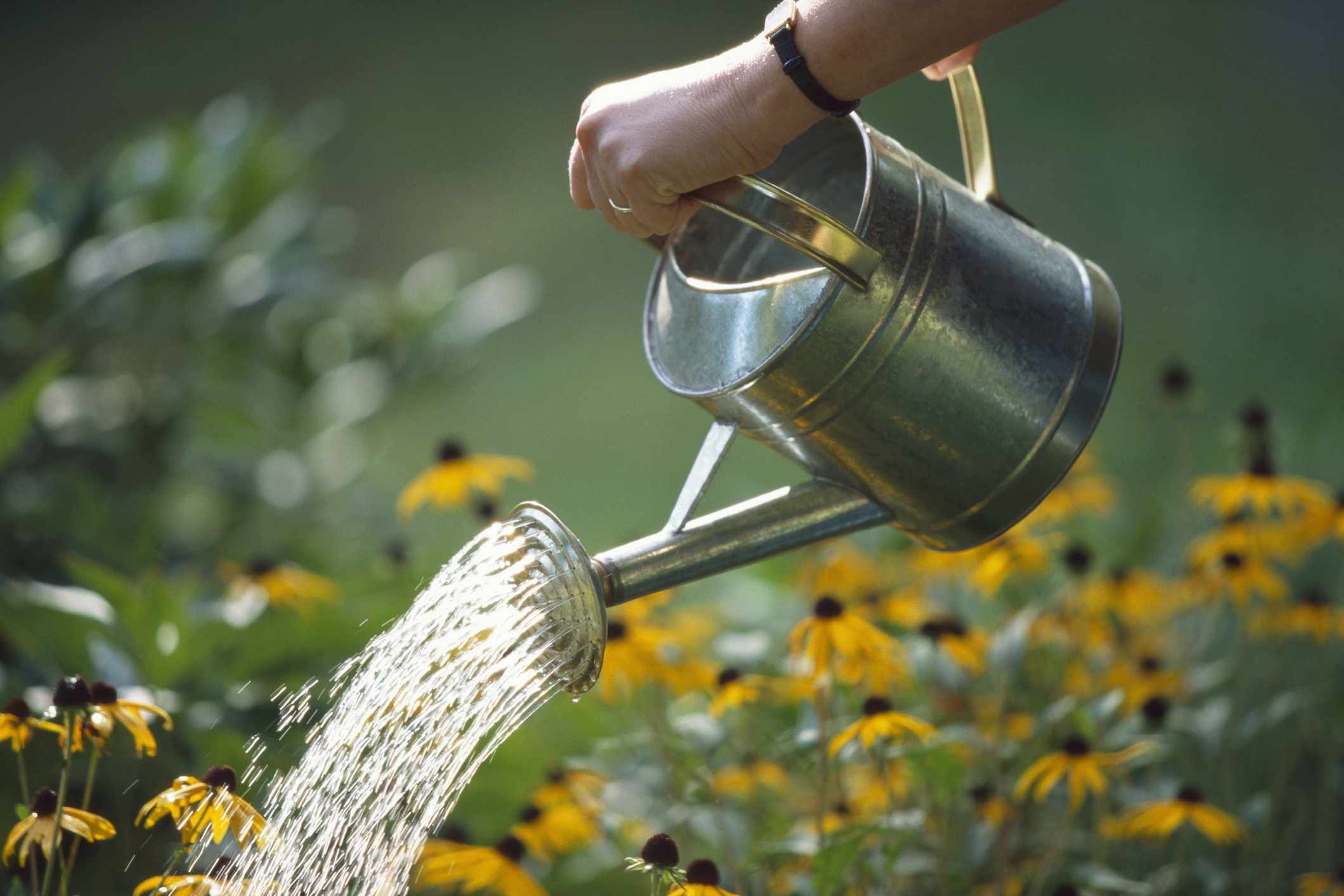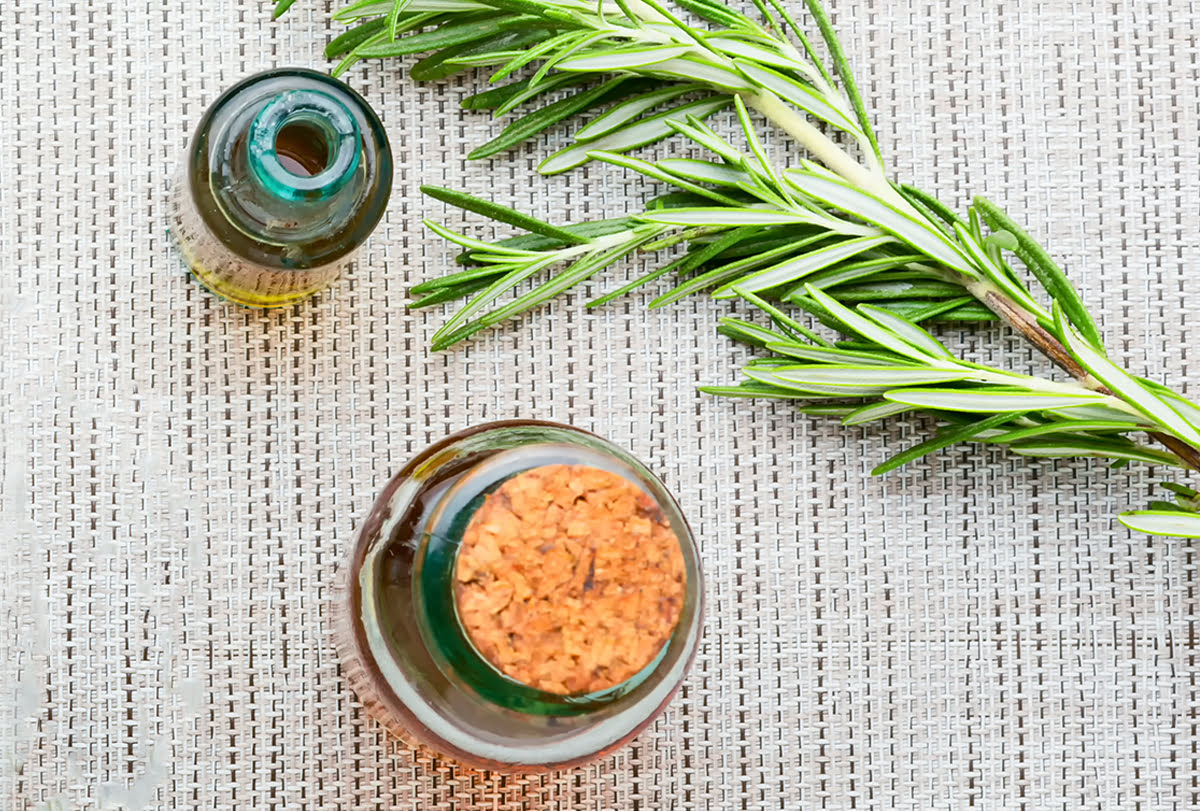Home>Types of Gardening>Ornamental Gardening>When Should I Bring My Bonsai Inside


Ornamental Gardening
When Should I Bring My Bonsai Inside
Modified: January 22, 2024
Discover when to bring your bonsai inside with our expert guide. Enhance your ornamental gardening skills and keep your bonsai thriving all year round.
(Many of the links in this article redirect to a specific reviewed product. Your purchase of these products through affiliate links helps to generate commission for Chicagolandgardening.com, at no extra cost. Learn more)
Table of Contents
Introduction
Welcome to the world of ornamental gardening! Whether you are a seasoned enthusiast or just starting out, one aspect of gardening that you may have encountered is the care and maintenance of bonsai trees. These miniature trees bring a sense of tranquility and beauty to any space, but they do require some special attention, especially during the colder months. Bringing your bonsai indoors during winter is crucial to protect them from harsh temperatures and ensure their survival. In this article, we will explore the factors to consider when deciding when to bring your bonsai inside, as well as discuss the techniques and practices to ensure their well-being during the winter months.
When it comes to determining the optimal time for bringing your bonsai indoors, several factors should be considered. One vital consideration is the hardiness zone in which you reside. Different varieties of bonsai trees have different temperature thresholds, and your location will dictate the severity of winter conditions the trees can withstand.
Another aspect to take into account is the specific type of bonsai tree you have. Some species, like the Juniper or Chinese Elm, are more resistant to colder temperatures and can endure light frosts, while others, such as tropical varieties, are more sensitive and require immediate protection when temperatures drop.
As a general rule, once temperatures consistently drop below 50°F (10°C) during the day, it is time to start thinking about bringing your bonsai inside. Sudden and extreme fluctuations in temperature can wreak havoc on these delicate trees, so it is important to take preemptive action to avoid potential damage.
Protecting your bonsai during winter involves employing a variety of techniques and practices. Once inside, it is crucial to monitor the weather forecast regularly to ensure your bonsai is kept in a suitable environment. Maintaining a stable indoor temperature between 60°F and 70°F (15°C to 21°C) is ideal for most bonsai trees.
Factors to Consider
When deciding when to bring your bonsai inside, several factors should be taken into consideration. Understanding these factors will help you make an informed decision and ensure the health and longevity of your bonsai tree.
1. Hardiness Zone: One of the primary considerations is the hardiness zone in which you reside. Different bonsai tree species have different temperature thresholds they can tolerate. Consult a hardiness zone map to determine the lowest temperatures your bonsai can withstand outdoors.
2. Bonsai Species: Each bonsai tree species has its own specific temperature requirements. Some species, like Pine or Juniper, are hardier and can tolerate colder temperatures, while others, like tropical varieties, are more sensitive and require immediate protection from cold weather.
3. Climate: The climate in your location plays a significant role in deciding when to bring your bonsai indoors. If you experience harsh winter conditions with freezing temperatures and heavy snowfall, it is advisable to bring your bonsai inside earlier compared to milder climates.
4. Frost Risk: Assess the likelihood of frost occurring in your area. Even if your bonsai species can tolerate colder temperatures, it is crucial to protect them from frost, which can damage or kill the delicate branches and foliage.
5. Wind Exposure: Strong winds can rapidly decrease the temperature and increase the risk of desiccation. Consider the level of wind exposure your bonsai will face in its outdoor location before deciding to bring it inside for the winter.
6. Microclimate: Evaluate the specific microclimate of your garden or balcony where your bonsai is located. Certain areas may be more sheltered and offer some natural protection from frost and cold winds, allowing you to keep your bonsai outdoors for longer.
By taking these factors into account, you can determine the best time to bring your bonsai inside and provide the necessary protection to ensure its well-being during the winter months.
Temperature Thresholds
Understanding the temperature thresholds of your bonsai tree is crucial in determining when it should be brought indoors. Different species have varying tolerances to cold temperatures, and knowing these thresholds will help you make the right decision.
1. Hardiness Zone: Consider the hardiness zone in which you reside. This is determined by the average annual minimum temperature in your region and is represented by a number. Bonsai trees are typically labeled with the suitable hardiness zone for their species. Ensure that the outdoor temperature does not drop below the recommended hardiness zone for your bonsai.
2. Dormancy: Some bonsai species require a period of dormancy during the winter. This is a natural process where the bonsai tree slows down its growth and conserves energy. These species can tolerate lower temperatures, but it is still important to protect them from extreme cold and frost.
3. Frost Tolerance: Consider the frost tolerance of your bonsai tree. Some species are more resistant to frost and can withstand light freezes, while others are highly susceptible to frost damage. If you anticipate frost in your area, it is best to bring your bonsai inside to protect it.
4. Tropical Varieties: If you have tropical bonsai species, such as Ficus or Bougainvillea, they are highly sensitive to cold temperatures. These varieties should be brought indoors as soon as the temperature drops below their tolerance level, which is usually around 50°F (10°C).
5. Temperature Fluctuations: Sudden and extreme temperature fluctuations can be detrimental to bonsai trees. If your area experiences frequent swings between cold and warm temperatures, it is best to err on the side of caution and bring your bonsai inside earlier.
By understanding the temperature thresholds of your bonsai tree, you can make an informed decision about the right time to bring it indoors and protect it from potentially damaging cold temperatures.
Winter Protection Techniques
Once you have determined that it’s time to bring your bonsai tree indoors, it’s important to implement proper winter protection techniques to ensure its survival and well-being during the colder months. Here are some techniques to consider:
1. Choose an Ideal Location: Find a suitable indoor location for your bonsai tree. It should be a well-lit area away from drafts, heaters, and direct heat sources. Ideally, the temperature should be between 60°F and 70°F (15°C to 21°C).
2. Insulate the Roots: Use insulation materials, such as mulch or straw, to protect the roots of your bonsai tree. This will help maintain soil temperature and prevent it from freezing. Additionally, consider using a pot with added insulation, like a ceramic or thick-walled container.
3. Humidity Control: Ensure that the humidity levels are adequate for your bonsai tree. Indoor heating can lead to dry conditions, which are detrimental to bonsai trees. Use a humidity tray or place the bonsai pot on a layer of pebbles in a shallow container filled with water to increase humidity.
4. Pest Prevention: Check your bonsai tree for any signs of pests before bringing it indoors. Treat any infestations appropriately to prevent the pests from spreading to other indoor plants. Consider using organic pest control methods to avoid harmful chemicals.
5. Watering Adjustments: Adjust your watering routine during the winter months. Indoor conditions can be drier, so water your bonsai tree only when the soil feels slightly dry to the touch. Avoid overwatering, as this can lead to root rot.
6. Provide Adequate Lighting: Since indoor conditions may not provide sufficient natural light, supplement it with artificial lighting. Use full-spectrum grow lights or LED lights to ensure your bonsai tree receives the necessary amount of light for healthy growth.
7. Pruning and Maintenance: Perform any necessary pruning before bringing your bonsai indoors. This will help maintain its desired shape and manage its growth during the winter months. Regularly check for dead or damaged branches and remove them to ensure the overall health of the tree.
By implementing these winter protection techniques, you can create a suitable environment for your bonsai tree to thrive indoors during the colder months and ensure its well-being until it can be transitioned back outdoors.
Monitoring the Weather
Properly monitoring the weather is crucial when caring for your bonsai tree during the winter months. Keeping an eye on the forecast allows you to make informed decisions regarding when to bring the bonsai indoors and how to best protect it. Here are some tips for effectively monitoring the weather:
1. Stay Updated: Regularly check weather forecasts from reliable sources. Pay attention to temperature fluctuations, freezing nights, or upcoming storms that may affect your bonsai tree.
2. Temperature Thresholds: Keep in mind the temperature thresholds for your specific bonsai species. If the forecast predicts temperatures dropping below the recommended range for your tree, take immediate action to bring it indoors.
3. Frost Warnings: Be aware of any frost warnings in your area. Frost can cause severe damage to your bonsai, especially if it is not cold-hardy. Taking preventative measures, such as moving the tree to a sheltered area or covering it with a frost blanket, can help mitigate the risk.
4. Microclimates: Understand the microclimate of your immediate environment. Certain areas of your property may have slightly different weather conditions due to shelter from buildings, trees, or other structures. Consider these microclimates when deciding where to place your bonsai tree.
5. Winter Storms: Be prepared for winter storms, which can bring heavy snowfall and strong winds. Assess if your bonsai may be at risk of branch breakage or damage from falling debris. Consider moving it to a more protected area or reinforcing its support system to withstand the storm.
6. Cold Snaps: Keep an eye out for sudden drops in temperature during cold snaps. These rapid temperature changes can be harmful to bonsai trees. If a cold snap is expected, it’s best to bring your bonsai indoors or provide additional protection.
7. Weather Apps and Notifications: Take advantage of weather apps and notifications that can provide you with real-time updates. Set alerts for temperature thresholds or severe weather conditions to ensure you are immediately aware of any changes that may affect your bonsai.
By closely monitoring the weather and being proactive, you can effectively protect your bonsai tree from the potential hazards of winter weather, allowing it to thrive and continue to bring beauty and joy to your living space.
Pest Prevention Indoors
While your bonsai tree is indoors during the winter months, it is important to be mindful of potential pests that can damage its health and appearance. Taking proactive measures to prevent pests will help ensure the well-being of your bonsai. Here are some effective pest prevention techniques:
1. Inspect Regularly: Regularly inspect your bonsai tree for any signs of pests, such as visible insects, webs, or sticky residue on the leaves. Catching pest infestations early on allows for prompt treatment and minimizes potential damage.
2. Quarantine New Plants: When adding new plants to your indoor bonsai collection, it is essential to quarantine them for a few weeks. This will help prevent introducing pests to your existing bonsai trees. Monitor the new additions closely for any signs of pests before integrating them with your other plants.
3. Keep a Clean Environment: Maintaining a clean environment around your bonsai tree is crucial for pest prevention. Remove fallen leaves, debris, and dead plant material from the pot and the surrounding area. This eliminates hiding places and potential food sources for pests.
4. Natural Pest Control: Consider using natural pest control methods to avoid harmful chemicals. Neem oil, insecticidal soap, and essential oil sprays can effectively control common pests like aphids, spider mites, and scale insects. Follow the instructions carefully and apply treatments as needed.
5. Prune Infected Areas: If you spot any pest-infested areas on your bonsai tree, promptly prune and remove the affected parts. This helps prevent the spread of pests to healthy parts of the plant. Dispose of the pruned material properly to avoid reinfestation.
6. Maintain Proper Ventilation: Ensuring adequate air circulation around your bonsai tree helps prevent the development of stagnant air, which can attract pests. Open windows or use fans to promote airflow in the indoor environment.
7. Soil Maintenance: Regularly inspect the soil of your bonsai tree for any signs of pests or larvae. Gently loosen the top layer of soil to break up any eggs or larvae that may be present. Be careful not to damage the roots in the process.
By implementing these pest prevention techniques, you can maintain a healthy and vibrant bonsai tree indoors during the winter months. Vigilance and proactive measures will help ensure the longevity and overall well-being of your cherished bonsai collection.
Providing Proper Lighting
Proper lighting is essential for the health and growth of your bonsai tree, especially when it is kept indoors during the winter months. Since natural light may be limited indoors, it is crucial to provide your bonsai with adequate artificial lighting. Here are some tips for ensuring your bonsai receives the proper lighting it needs:
1. Determine Lighting Requirements: Different bonsai species have varying lighting requirements. Some thrive in bright, direct sunlight, while others prefer partial shade. Research the specific lighting needs of your bonsai species to provide optimal conditions.
2. Placement near Windows: Place your bonsai tree near a window that receives sufficient natural light. South-facing windows generally provide the most sunlight, while east or west-facing windows receive moderate light. North-facing windows may not provide enough light, especially during winter months.
3. Supplement with Artificial Light: If natural light is insufficient, supplement it with artificial lighting. Use full-spectrum grow lights or LED lights specifically designed for indoor plants. Position the lights at an appropriate distance from the bonsai, according to the manufacturer’s guidelines, to ensure proper light intensity.
4. Duration of Lighting: Bonsai trees require an average of 12 to 16 hours of light per day. Mimic the natural daylight cycle by setting a timer for the lights to turn on and off. Consistency in the lighting duration helps maintain the bonsai’s growth and prevents disruption to its natural cycle.
5. Adjust Light Distance: Monitor the distance between the bonsai tree and the light source. If the bonsai receives too much direct light, it may suffer from leaf burn. On the other hand, if the light is too far, it may not receive enough light for photosynthesis. Adjust the distance accordingly to find the optimal balance.
6. Rotate the Bonsai: To ensure even growth, rotate the bonsai every week or so. This allows all sides of the tree to receive equal exposure to light, preventing lopsided growth or etiolation (stretching) of branches due to uneven lighting.
7. Observe and Adjust: Regularly observe the condition of your bonsai tree. Look for signs of light deficiency or excess, such as pale or yellowing leaves, and adjust the lighting setup accordingly. Each bonsai tree may have slightly different lighting requirements, so be attentive to the specific needs of your tree.
By providing proper lighting, both natural and artificial, you can ensure the health and growth of your bonsai tree during the winter months. Paying attention to lighting requirements and making necessary adjustments will help your bonsai thrive and maintain its beauty throughout the year.
Watering Considerations Indoors
Proper watering is essential for the health and vitality of your bonsai tree, especially when it is kept indoors during the winter months. Indoor conditions can be drier, requiring specific considerations for watering. Here are some tips to ensure your bonsai receives adequate moisture:
1. Check Soil Moisture: Regularly check the moisture level of the soil in your bonsai pot. Stick your finger about an inch deep into the soil to assess whether it feels dry or moist. Water the bonsai when the top layer of soil feels slightly dry.
2. Avoid Overwatering: Overwatering is a common mistake that can lead to root rot and other health issues. Bonsai trees need a balance of moisture with proper drainage. Ensure that excess water can freely drain out of the pot to prevent waterlogged soil.
3. Adjust Watering Frequency: Indoor conditions may require less frequent watering compared to outdoor conditions. Factors such as temperature, humidity levels, and the specific needs of your bonsai species will determine the watering frequency. Observe the tree closely and adjust your watering routine accordingly.
4. Use the Right Watering Technique: When watering your bonsai, avoid pouring water directly onto the trunk or foliage. Instead, slowly and evenly pour water over the surface of the soil until it begins to drip out of the drainage holes. This allows the water to reach the roots effectively.
5. Consider Humidity Levels: Indoor heating can result in dry air, which can adversely affect your bonsai tree. Increase humidity levels around your bonsai by using a humidity tray or placing the pot on a shallow tray filled with water and pebbles. This helps maintain moisture levels around the tree.
6. Avoid Watering on Schedule: Rather than following a strict watering schedule, it is important to assess the moisture needs of your bonsai tree on a case-by-case basis. Factors such as temperature, humidity, and the growth stage of the tree can influence the watering needs, so adapt accordingly.
7. Mist the Foliage: To mimic natural humidity and help prevent leaf dehydration, mist the foliage of your bonsai tree occasionally. Use a fine mist spray bottle to lightly mist the leaves, taking care not to soak them excessively.
By being mindful of these watering considerations, you can ensure that your bonsai tree receives the proper amount of moisture it needs to thrive indoors during the winter months. Regular observation and adjustment will help maintain the health and vitality of your bonsai tree throughout the year.
Pruning and Maintenance Indoors
Pruning and maintenance are important aspects of bonsai care, even when your tree is kept indoors during the winter months. Regular pruning helps maintain the shape and health of your bonsai, while proper maintenance ensures its overall well-being. Here are some tips for pruning and taking care of your bonsai tree indoors:
1. Prune for Shape and Structure: Regularly inspect your bonsai tree for any branches that need pruning. Use sharp and clean pruning shears to remove any unwanted or dead branches. Pruning helps maintain the desired shape and structure of your bonsai tree, promoting balanced growth.
2. Promote Airflow: Indoor environments can be less ventilated than outdoors, so it’s crucial to ensure proper airflow around your bonsai. Remove any excess foliage or branches that may be blocking airflow and sunlight from reaching all parts of the tree.
3. Monitor and Control Growth: Indoor conditions may cause slower growth compared to the outdoor season. Regularly monitor the growth of your bonsai tree and consider reducing the length of shoots or branches that are becoming too long or disproportionate to maintain a compact and balanced appearance.
4. Leaf Maintenance: Inspect the leaves of your bonsai tree regularly for any signs of pests, diseases, or nutrient deficiencies. If you notice any issues, take appropriate measures to address them. Gently wipe the leaves with a damp cloth to remove dust and promote the tree’s health.
5. Fertilize Properly: Indoor bonsai trees may have different fertilizer requirements compared to their outdoor counterparts. Use a balanced, slow-release bonsai fertilizer to provide essential nutrients to your tree. Follow the recommended dosage and timing based on the specific needs of your bonsai species.
6. Maintain a Clean Environment: Keep the area around your bonsai tree clean and free of debris. Remove fallen leaves, dead plant material, and any pests that may be present. A clean environment helps prevent the spread of diseases and pests, maintaining the overall health of your bonsai tree.
7. Observe and Adapt: Each indoor environment and bonsai species may have slightly different maintenance needs. Regularly observe your bonsai tree for any signs of stress, such as wilting or yellowing leaves, and adapt your pruning and maintenance strategies accordingly.
By practicing regular pruning and maintenance indoors, you can keep your bonsai tree in optimal shape and ensure its overall health and vitality. Paying attention to the specific needs of your tree and making necessary adjustments will help it thrive and bring you joy throughout the winter months and beyond.
Transitioning Back Outdoors
As the winter months come to an end and the weather begins to warm up, it’s time to start thinking about transitioning your bonsai tree back outdoors. This transition period is crucial to ensure a smooth adjustment for your bonsai as it acclimates to the outdoor environment. Here are some steps to successfully transition your bonsai back outdoors:
1. Monitor Temperature: Watch for consistent warmer temperatures as a signal to begin transitioning your bonsai tree back outdoors. Ensure that the risk of frost has passed and that the outdoor temperatures are within the suitable range for your bonsai species.
2. Gradual Exposure: Gradually expose your bonsai tree to increasing amounts of outdoor sunlight and air. Start by placing the tree in a shaded or partially shaded area for a few hours each day, gradually increasing its exposure to direct sunlight over the course of a week or two.
3. Watering Adjustments: As your bonsai transitions outdoors, its watering needs may change. Monitor the moisture levels in the soil and adjust your watering routine accordingly. Be mindful that outdoor conditions, such as wind and sun, can cause the soil to dry out more quickly.
4. Acclimate to Outdoor Weather: Take into account any shifts in weather conditions as your bonsai transitions outdoors. Protect it from harsh winds, heavy rains, or sudden temperature drops. Gradually expose your bonsai to these outdoor elements to help it adjust and avoid stress.
5. Inspect for Pests and Diseases: Before transitioning your bonsai back outdoors, carefully inspect it for any signs of pests or diseases. Treat any issues promptly to prevent spreading to other plants or damaging the bonsai’s health.
6. Pruning and Maintenance: Conduct any necessary pruning or maintenance tasks before transitioning your bonsai back outdoors. This allows the tree to focus on recovery and new growth once it is placed in its outdoor environment.
7. Observation and Care: After transitioning your bonsai tree back outdoors, closely observe its condition and continue to provide appropriate care. Adjust watering, fertilizing, and general maintenance based on the specific needs of your bonsai species and the outdoor environment.
By gradually transitioning your bonsai tree back outdoors and providing proper care and attention, you can help it acclimate to its natural outdoor habitat. Following these steps will ensure a successful transition and set the stage for a healthy and vibrant bonsai tree throughout the growing season.
Conclusion
Taking care of your bonsai tree during the winter months is essential for its survival and continued growth. By considering factors such as hardiness zone, temperature thresholds, and the specific needs of your bonsai species, you can determine when it’s time to bring it indoors. Implementing winter protection techniques like insulation, humidity control, and pest prevention will help create an ideal environment for your bonsai tree to thrive indoors.
Monitoring the weather, watering properly, providing adequate lighting, and maintaining proper pruning and maintenance routines are crucial during the winter months. These practices ensure that your bonsai tree stays healthy and strong, even when kept indoors. Additionally, transitioning your bonsai back outdoors when the temperatures rise will allow it to acclimate gradually to the outdoor conditions.
Remember to closely observe your bonsai tree, be mindful of signs of stress or pests, and make necessary adjustments to your care routine. Each bonsai tree is unique and may have specific requirements, so it’s important to adapt your approach to its specific needs.
By following these guidelines and incorporating your own knowledge and experience, you can successfully care for your bonsai tree during the winter months. Embrace the joy and serenity that bonsai gardening brings, and may your bonsai thrive and delight you for years to come.

